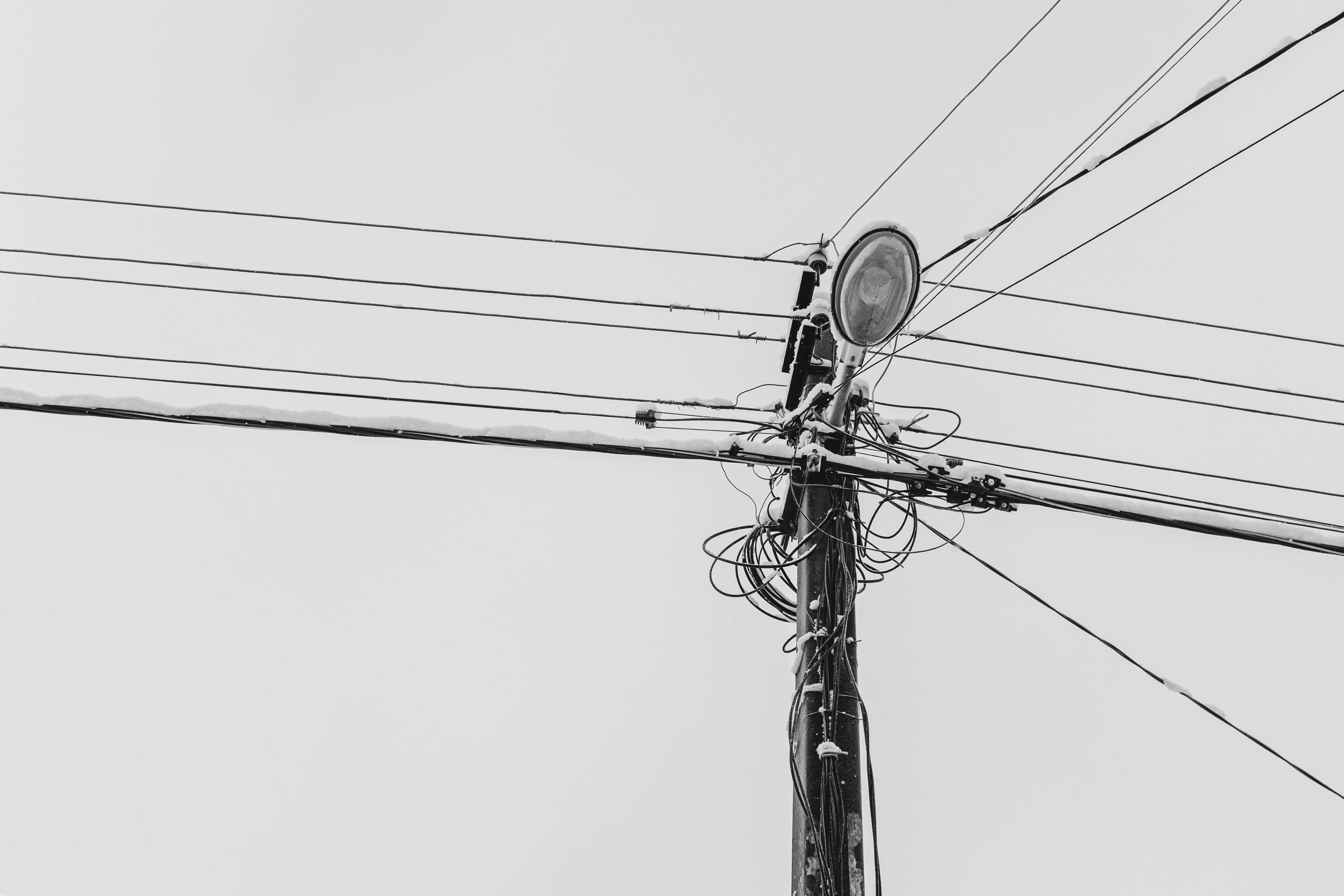
Why Can Birds Sit on Power Lines?
The bright-colored balls on power lines actually serve a purpose.
Have you ever noticed those colorful balls on power lines near your home and wondered why they are there?
While there are several misconceptions about marker balls on power lines, these objects serve a distinct purpose.
If you are interested in sharing some fun facts in your next long car ride, you've come to the right place.
What are they called?
The balls on power lines have a handful of different names:
-
Line Markers
-
Line Identifications
-
Aerial Markers
-
Bird Diverters
-
Aviary Balls
-
Visibility Markers
Dispelling Rumors About the Balls on Electric Lines
People who don't know the full story sometimes speculate about the purpose and function of electric line balls.
Here are a few common misconceptions:
-
They are weights for the Power lines during high winds
-
Weather sensors
-
Surveillance systems
-
They stop the lines from hitting into each other
All of these theories are incorrect. The electric balls you see on power lines serve one primary purpose — to provide visibility for low-flying pilots.
What Are the Balls On Power Lines?
The brightly-colored balls you see on power lines are markers for visibility for low-flying planes.
You'll notice that electric line balls are always a bold color like yellow, orange, red, or white. Many places with power lines that feature markers have dense forests, mountain ranges, or fields in the distance that can make the lines difficult to see. The bright colors of power line balls contrast well with dark green or grey landscapes to make power lines stand out.

How Do Power Line Markers Improve Safety?
Beyond improving the power line's visibility and avoiding collisions. The balls on electricity lines help prevent life-threatening injuries, wildfires, and power outages.
Wildfires in hotter and dryer climates, like California, can see devastating tragedies. Wildfires have led to lost homes, thousands of lives, and sometimes entire towns.
Service disruptions in the surrounding areas can lead to many other complications. Many people rely on power for their life as well. Hospitals, rehabilitation centers, or assisted living facilities have a lot of critical electrically powered equipment. Ventilators, oxygen machines, and mobility aides, just to name a few.

Why Are There Power Ball Markers Near Your Home or Business?
You're more likely to see balls on the electric lines in your town if an airport is nearby. Large aircraft travel at high altitudes for most of their flights, but they fly low enough after takeoff and before landing to justify concerns over power line collisions. Smaller planes and helicopters travel at lower altitudes, so marking hazards like power lines is always important. Power line markers are also common in deep valleys and mountain ranges, where there's less distance between aircraft and the ground.
A Brief History
How did this safety measure come to be and how has it evolved over time?
The use of marker balls on power lines dates back to the 1950s when the U.S. Federal Aviation Administration (FAA) recognized a growing safety concern - the number of collisions between airplanes and power lines.
This was a particular concern at lower altitudes, near airports, and near other areas.
Initially, marker balls were made of glass. But as you can imagine, they were fragile and easily broken. Power companies had to replace them frequently due to breakage. In the 1960s, plastic marker balls were introduced. Plastic made them more durable and less likely to break. Plastic also made the installation of marker balls more efficient and cost-effective.
Over the years, the design and colors of marker balls have evolved to improve their visibility. Today, they are typically made of hard plastic, are designed to withstand weather conditions, and exposure to UV radiation.
The colors of the balls have also been carefully chosen to contrast well with the background landscape, making them more visible to pilots. Bright colors like yellow, orange, red, and white are commonly used. Some marker balls are coated with a reflective material to make them even more visible at night.
How do they put the balls up there?
This is probably one of the coolest things about line markers, is how they get up there in the first place.
Helicopters!
Yup, specially trained people fly up in a helicopter with special suits to maintain power lines.
There is also a link to a video!
This image not only shows the heart of steal this person has to do this job (or maybe rubber?), but also the massive size of the aerial marker balls.

Photo Taken from Fairlifts.com
Learn More About Energy Infrastructures and Savings Opportunities With EnergyBot
Pilots fly at low altitudes all the time, so it's nice to know that the marker balls on power lines are there to ensure safe air travel. You can learn more about electricity infrastructures when you read the EnergyBot blog online. We cover all kinds of topics that help you understand and make the most of your energy system.
Written by Thad Warren
Thad is a native Texan who has worked in the energy industry for just over 5 years.
Connect
Recent Posts
Road to Recovery: Fort Worth homeowners receive $27 million after 2021 Winter Storm Uri
Fort Worth residents are still recovering from the havoc caused by Winter Storm Uri in 2021, but now relief is on the horizon in the form of $27 million in grants.
September 2025

3 minutes

PPL Electricity Rates Climb Ahead of the Holiday Season
December 2025

4 minutes

Unlimited Electricity Plans in Texas: Here’s What it Actually Costs
Searching for unlimited electricity plans in Texas? On the surface, they sound perfect: one flat bill, no matter how much power you use.
August 2025

4 Minutes


